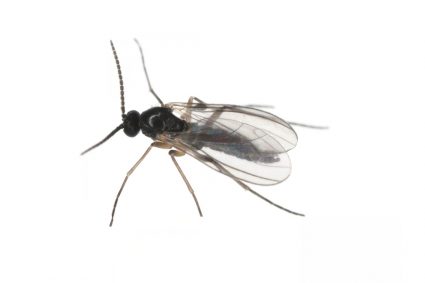
Starlings, specifically European Starlings (Sturnus vulgaris), are known for their intelligence and ability to adapt to various environments, making them a common sight in many parts of the world. However, their large, noisy flocks and messy nesting habits can often make them unwelcome visitors in our yards and buildings. One of the most effective ways to deter these birds is by using smells that they dislike. But what exactly are these smells? Let’s delve into the world of starlings and their olfactory preferences.
Starlings, especially European Starlings, dislike strong, pungent odors such as peppermint oil, cayenne pepper, chili pepper, garlic, and vinegar. These smells can be used to deter them from nesting or gathering in specific areas. Peppermint oil is particularly effective and can be applied by mixing it with water and spraying it around problem areas.
What Smells Do Starlings Dislike?
Starlings have a well-developed sense of smell, which they use for various purposes such as locating food and selecting nesting materials. However, they also have aversions to certain smells, which can be used to deter them.
Specific scents known to repel starlings include peppermint oil, cayenne pepper, chili pepper, garlic, and vinegar. These strong, pungent odors are irritating to starlings and can be used to deter them from nesting or gathering in specific areas. Peppermint oil, in particular, is offensive to starlings and can be applied by mixing it with water and spraying it around problem areas or soaking cotton balls in the mixture.
How Do Starlings React to These Smells?
While there is limited specific research detailing how starlings react to unpleasant smells, it is clear that they can detect and respond to various odors in their environment. For example, starlings can discriminate plant odors and use their sense of smell to identify odorous nest materials during courtship and nest-building.
Using Scents to Deter Starlings: Practical Tips
To effectively deter starlings using repelling scents, follow these practical tips:
- Peppermint oil: Apply pure peppermint oil to areas where you want to keep starlings away, such as buildings or structures.
- Chili peppers: Combine chili with vinegar or water and spray it in areas where starlings are a problem.
- Cayenne pepper: Mix cayenne pepper with water and spray it in areas where starlings are present.
- Garlic: Crush garlic cloves and mix them with water to create a spray that can be applied to deter starlings.
Remember to combine these scent-based methods with other deterrents, such as visual and auditory repellents, to increase their effectiveness in keeping starlings away.
Commercially Available Products
Several commercially available products utilize scents to repel starlings. These include Optical Gel, which emits the scent of peppermint oil, Bird-Out Aromatic Bird Repellent with a grape scent, Flock Free Scent Pucks, and Avian Control Bird Repellent. These products can be found on various websites and stores, such as Bird Barrier, Bird B Gone, and Amazon.
Adverse Effects
While these scents can be useful in deterring starlings, it’s important to consider the potential adverse effects. Synthetic fragrances and chemicals can cause health issues in birds, including respiratory issues, irritation, and even temporary blindness in some cases. Therefore, it’s best to use natural alternatives or fragrance-free products to minimize the risk of harm to wildlife.
Conclusion
Keeping starlings away can be a challenging task, but using smells that they dislike can be an effective method. Whether you choose to use natural scents or commercially available products, remember to consider the potential impact on wildlife and combine these methods with other deterrents for the best results.
Remember, every bird species is unique and may respond differently to various smells. Therefore, a trial-and-error approach may be necessary to find the most effective solution for your starling problem.
Frequently Asked Questions
How often should I apply these repellents?
The frequency of application can depend on the severity of your starling problem and the weather conditions. As a general rule, reapplication should be done every few days or after heavy rain, which can wash away the repellents.
Can I use these repellents indoors?
Yes, these repellents can be used indoors. However, be mindful of the strong smells, especially if you or someone in your household is sensitive to them. It’s also important to ensure proper ventilation to avoid any potential respiratory irritation.
Will these smells repel other birds as well?
Each bird species has different olfactory preferences, so they may react differently to these scents. However, strong smells like peppermint oil and chili peppers can potentially deter other types of birds as well.
Can I use these repellents on my plants to keep starlings away?
Yes, these repellents can be applied to plants. However, it’s important to test a small area first to ensure that the repellent doesn’t cause damage to the plant.
Are these repellents safe for pets?
While these repellents are generally safe for pets, it’s always best to consult with your vet first. Also, ensure that your pets don’t ingest these repellents, as some ingredients can be harmful if consumed in large amounts.











